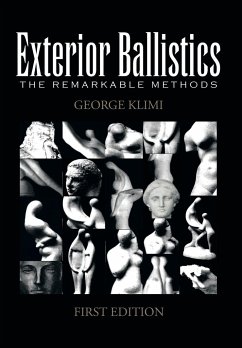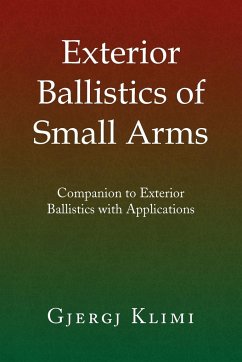The noteworthy findings and innovative methods of predicting projectile trajectory, introduced in my books Exterior Ballistics: A New Approach (EBNA), Xlibris, 2010; and Exterior Ballistics with Applications (EBA3e), Xlibris, third edition, December 2011, require a methodical approach and further development. As result, the amateurs and professionals interested in exterior ballistics of firearms, and especially in long-range shooting with small arms, have a new book, Exterior Ballistics: The Remarkable Methods (EBRM), that aims to enrich the foundations of modern exterior ballistics and to lessen the complexity of physics and mathematics techniques in use. Exterior Ballistics: The Remarkable Methods is a book that combines and develops further the methods introduced in EBA3e, EBNA, and in the Exterior Ballistics of Small Arms (EBSA, Xlibris 2009). The foundations of the book are mainly the findings and the innovative ballistics methods presented in EBA3e and EBNA. The remarkable methods of exterior ballistics presented in this new book include: ¿ The methods of determining the function of resistance G(v) of a given bullet (i=1) using range tables, or the experimental data measurements of three or four coordinates at the points of projectile impact. ¿ The model of "Tangent Law of Trajectory Refraction" and the related set of formulas that we use to study the trajectories of projectiles in nonstandard atmosphere. ¿ Series expansion method and the techniques of (second to sixth order) parabolas we employ to predict with great accuracy the projectile trajectory. ¿ The exceptional Siacci's methods that we apply as well for the projectile trajectory in nonstandard atmosphere and in inclined shooting combined with the tangent law of trajectory refraction. It is important to note that using the similarity laws of fluid dynamics we have obtained the "tangent law of projectile refraction," which represents a progress with respect to "Newton-Snell's law" on projectile refraction. For better understanding of the information presented in the book, the reader should refer to my three preceding books on exterior ballistics, already published by Xlibris, although most of the material is self-contained and clear enough to be accessed and assimilated by a wide range of readers. The system of units used in the book is the International System (SI). For readers that are unfamiliar with the SI system it is not difficult to become accustomed and use the materials presented in the book to benefit from the simple illustrations, exercises, and PC programs that, at the same time, give answers to many problems encountered in practice. My studies and writing work in exterior ballistics intend to find new and simple mathematical models and methods to predict the elements of the projectile trajectory. I believe that I have achieved some good results, which need to be further developed. George Klimi, PhD New York, December 2012 gklimi@pace.edu iven24@aol.com gklimi@citytech.cuny.edu








